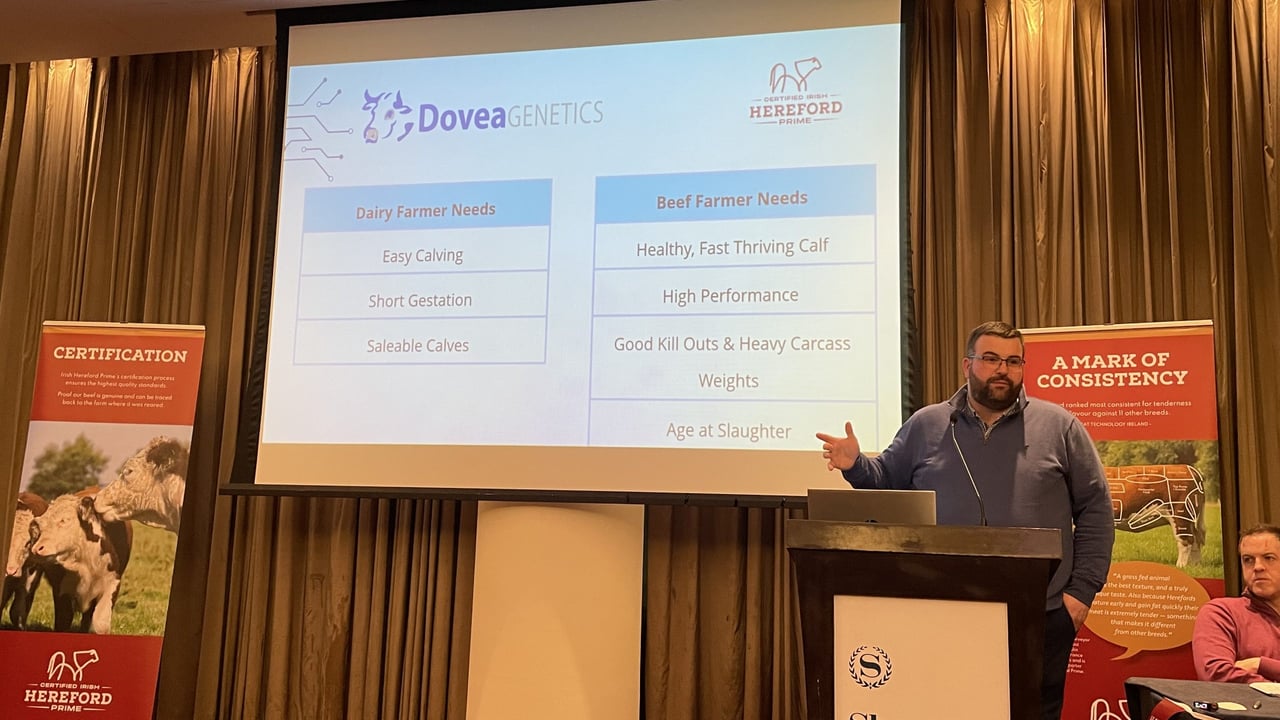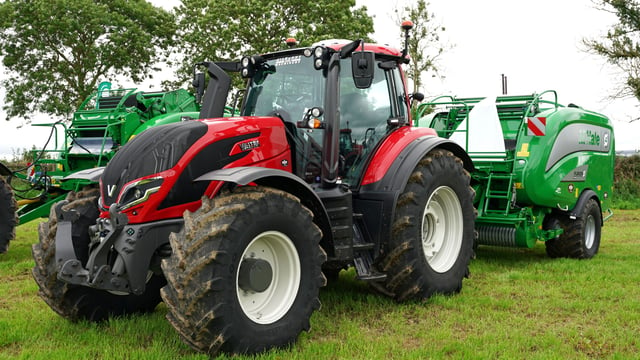Farmers told polled legislation on bulls possible in the future
At a recent information event, farmers heard that changes to legislation are happening in some European countries requiring the use of polled bulls in certain circumstances.
Speaking at the ‘Farm Smarter, Not Harder: Maximise Your Beef Gains’ information evening hosted by Irish Hereford Prime, in association with Kepak, in Athlone, Co. Westmeath, last month, the beef programme manager with Dovea Genetics, John Lynch told farmers that legislation requiring the use of polled bulls is being brought in in some countries in Europe already.
He said that he expects it will also be implemented in Ireland some time in the future but emphasised that it could be up to two decades before any such legislation is seen in this country.
The Dovea Genetics beef programme manager said: "It [rules requiring the use of polled sires] is being brought into legislation across Europe in different places.
"I'm not saying it's right or it's wrong - the animal has to be right first whether it's polled or horned but it is being brought into legislation in some countries.
"You will see it coming at some stage whenever that is - it could be 20-30 years," he said.
The MC on the night was Tennyson Egar from Irish Hereford Prime who asked Lynch: "How high of a calving-difficulty figure is okay for a Hereford sire - when he's proven?"
Lynch, who has been working with Dovea Genetics for 15 years said "there's only one or two sires that spring to mind that were too strong for calving" in that time.
The Dovea beef programme manager said: "I think when you stay around that 4% [calving difficulty] on dairy cows, you're fine, you're not going to get any big hassle.
"When you're down at 3% [calving difficulty], you're easy calving but around 4, 4.1, or 4.2 is okay. When you get into 6-7% you're getting into the calving jack and getting to the vet calling him at four in the morning.
"So 4-4.5%, you might have to help an odd cow calving but you're using a decent bull at that stage and you're going to have good calves.
"There is a direct correlation between calving ease and carcass weight so the easier calving you go, the smaller the calf, the smaller the carcass.
"You might get an odd curve bender but in general, that's what you're going to have," he added.
Lynch also highlighted that age at slaughter is something farmers also need to be conscious off in bulls. He said: "The one thing that's not being talked about at an industry level is age at slaughter - that seems to be parked up - nobody is talking about it.
"From our point of view we need a bull we can sell to the dairy farmer but we need profitable beef cattle as well. A beef sub-index of €116 is high for a Hereford and that is creating some high carcass weight progeny".
The beef programme manager said: "These bigger, longer Hereford bulls that mightn't appeal to us as much seem to be breeding higher carcass with higher weight gain cattle over the thicker, more traditional type Hereford which I prefer.
"The figures are showing these bigger, longer, growthier types are performing better in beef systems," he said.





